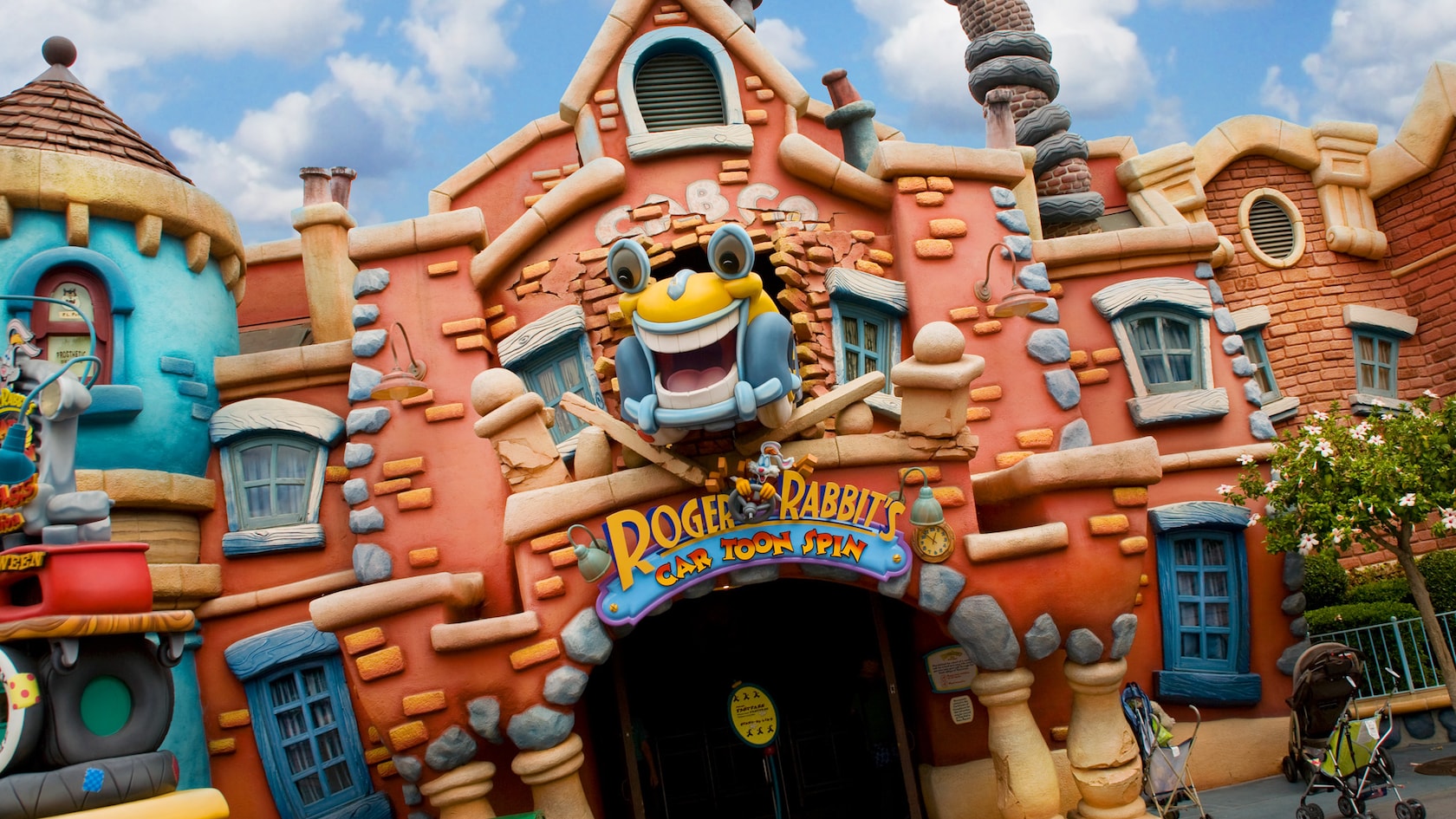
Practical Guide to Caring for Parrot Feet: Improve Your Bird’s Comfort in 2025
Caring for your parrot's feet is vital for their overall health and happiness. Parrots rely heavily on their feet for various functions including gripping, climbing, and foraging. This guide will delve into essential aspects of **parrot feet**, including anatomy, health, and practical care tips, to ensure your feathered friend remains comfortable and active.
Understanding Parrot Foot Anatomy
To effectively care for your parrot's feet, it's crucial to understand their **anatomy**. Parrot feet consist of several components that contribute to their unique functionality, including bones, muscles, and pads. The **parrot foot structure** typically features a zygodactyl arrangement, where two toes point forward and two point backward, offering superior gripping ability. This anatomical adaptation is critical for climbing, as it allows **parrots** to grasp branches and other surfaces securely.
Parrot Toe and Claw Characteristics
The **toes** of parrots play a significant role in their mobility and dexterity. Each toe is equipped with strong **parrot claws**, which help them maintain grip while perching or climbing. The talons at the end of their toes provide an excellent hold on both vertical and horizontal surfaces in their habitat. Understanding the **parrot claw characteristics** helps owners choose the right perches ensuring that their feathered friends can comfortably maneuver their surroundings.
Foot Structure and Function
The composition of the **parrot foot** includes a complex network of bones known as the phalanges, which enable flexibility and strength. The foot pads are crucial for shock absorption and provide traction. Learning about the **foot anatomy in parrots** will guide you in recognizing any abnormalities resulting from improper care, which can lead to **parrot foot injuries** and other health issues.
Common Parrot Foot Problems
Parrots can experience various foot issues such as bumblefoot, toe overgrowth, or infections caused by injuries. Regular monitoring of your parrot’s foot health is essential. Look for signs like swelling, discoloration, or abnormal posture that indicate a possible problem. Maintaining good hygiene, routinely cleaning your parrot’s feet, and ensuring proper **foot care** can help prevent these health concerns.
The Importance of Parrot Foot Health
Maintaining proper **parrot foot health** is critical not only for mobility but also for emotional well-being. A bird with healthy feet feels secure in its movement, which translates into a thriving and active bird. Awareness of the potential issues can lead to better prevention measures and prompt responses to any signs of distress.
Caring for Pet Bird Feet
Incorporating foot care into your regular grooming routines is an excellent practice for **caring for pet birds**. Regularly inspect your parrot’s feet and nails for any signs of wear or injury. Using a gentle, non-toxic cleaner can help you keep the foot pads clean. Additionally, offering a variety of perches helps to exercise the feet, promoting health and strength in the long term. **Foot exercises for parrots** can also enhance grip and overall foot functionality.
Feeding Practices and Foot Health
The diet of your parrot can significantly affect their foot health. A balanced diet ensures that your parrot receives the necessary vitamins and minerals, vital for bone density and overall health. Fresh fruits, vegetables, and fortified pellets can help sustain the structural integrity of **parrot bones**, which directly impacts their feet.
Creating an Optimal Habitat for Foot Comfort
Various factors in your parrot’s habitat can affect their foot health. Choose the right size and type of perches that promote healthy foot positioning. Natural wood branches with uneven surfaces can help in providing necessary stimulation and appropriate foot usage. Having a clean and clutter-free living space not only prevents injuries but promotes a comfortable environment that supports foot mobility. It's vital that parrot owners understand the link between their pet's **habitat** and their **parrot foot health**.
Monitoring and Recognizing Foot Issues
Vigilance is crucial in detecting early signs of foot-related problems. Expertise in recognizing foot issues can lead to timely interventions and successful treatments. Familiarizing yourself with your parrot's normal behaviors and stance can help you identify when something is off.
Signs of Foot Problems in Parrots
Common signs of foot problems include limping, reluctance to perch, or visible swelling and redness in foot pads or around the toes. Being proactive in your observations fosters a better understanding of standard behavioral patterns, allowing you to address any potential **parrot health issues** efficaciously. Keep a record of any changes and consult an **avian veterinarian** at the first sign of trouble, as they can provide professional advice on resolutions.
Prevention Strategies for Foot Health
Preventing foot injuries requires consistent effort and specific strategies. Ensure that your parrot's nails are correctly trimmed to avoid overgrowth, which can lead to painful splaying or infections. Additionally, provide a variety of **parrot perches** at different heights to encourage regular exercise and versatility in movement patterns.
Engaging your Parrot’s Feet in Play
Interactive play not only enriches your parrot's life but also promotes better **foot health**. Offering toys that require gripping, climbing, and even tearing can keep your parrot's feet active and strong. Engaging their feet in play supports their natural behaviors and enriches their living environment. Explore **interactive training for parrots** that focuses on using their feet effectively during activities.
Key Takeaways
- Understanding your parrot's unique foot structure helps to improve their quality of life.
- Maintain regular hygiene and monitor your bird’s feet for signs of potential problems.
- Providing a stimulating habitat and engaged feet play can boost overall health and foot condition.
- A balanced diet is essential for strong bones and feet.
- Proactiveness in foot care can prevent significant health issues.
FAQ
1. Why are zygodactyl feet important for parrots?
Zygodactyl feet are crucial for parrots as they allow them to grasp branches and climb effectively. With two toes facing forward and two backward, these specialized feet enhance their **gripping ability** while navigating through their environment, facilitating better stability and resource acquisition.
2. How can I tell if my parrot has foot pain?
Signs of foot pain in parrots can include limping, reluctance to perch, and abnormal foot positioning. Observing your pet's daily activity can help identify **foot health issues** early on. Consulting with an **avian veterinarian** for any concerning behavior is highly recommended.
3. What are the best materials for parrot perches?
Natural, untreated wood perches with varied diameters and textures are optimal as they promote natural foot health and help prevent foot injuries. Additionally, incorporating different materials encourages your parrot to exercise their feet. Choosing the right material is integral to ensuring your parrot's comfort.
4. How can I clean my parrot's feet effectively?
Cleaning your parrot’s feet involves gently using a damp cloth or non-toxic wipes to remove dirt and debris. Regular cleaning helps maintain **foot hygiene** and prevents potential infections, allowing for healthier foot conditions.
5. What types of toys are best for promoting foot strength in parrots?
Providing interactive toys that require **gripping** and climbing can significantly promote foot strength. Toys with textures to encourage various gripping techniques are invaluable in ensuring your parrot's foot health and mitigating boredom.
6. Are there specific diets that enhance foot health?
A diet rich in calcium and vitamins, including fresh fruits, vegetables, and fortified pellets, is essential for maintaining a parrot’s foot health. Proper nutrition ensures that the bones supporting their feet remain strong and prevents any developmental issues.
7. How will avian foot anatomy influence my parrot's behavior?
The structure of a parrot's feet significantly influences their behavior. Understanding the **foot structure in birds** aids owners in constructing environments that cater to their natural tendencies, allowing for a better overall quality of life for their pet.

